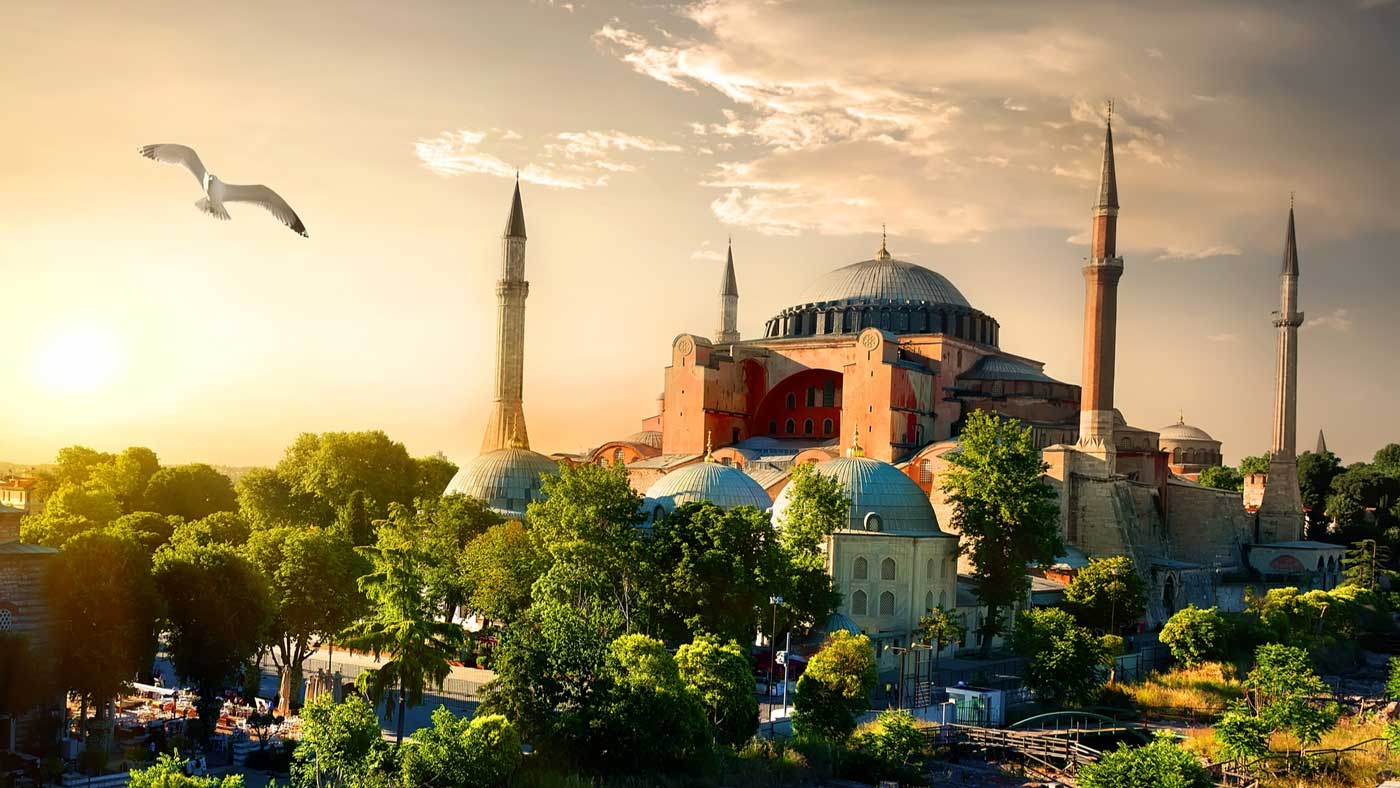Situated on a hill overlooking the Sea of Marmara and the Bosphorus, Hagia Sophia is the most talked about monument nowadays, especially in light of the current court ruling that allowed converting it back to a mosque.
Hagia Sophia is Turkey’s most popular tourist site, attracting more than 3.7 million visitors a year.
Historical Transformations
The Sixth century landmark has gone through various transformations since it was built in 537.
Here is a brief history about the majestic structure.
The 6th-century structure was the Byzantine Empire’s main cathedral before it was changed into an imperial mosque following the Ottoman conquest of Constantinople. It was subsequently turned into a museum in 1934.
Built in 537 CE, it was famous for its massive dome; an engineering marvel, the world’s largest building at the time. Historians consider it the high point of Byzantine architecture.
When the Ottomans took the city, Mehmed II, also known as The Conqueror, converted Hagia Sophia into a mosque in 1453.
Architect Mimar Sinan’s restoration work during the Ottoman era had added minarets to the structure.
It was later converted into a museum after 482 years in 1935 under Kemal Ataturk.


